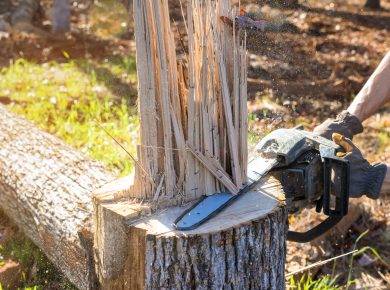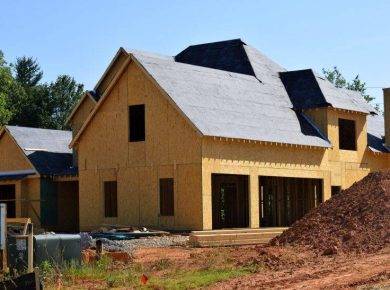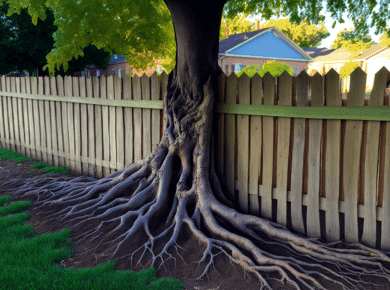Determining whether a tree is on your property or your neighbor’s property can be a bit tricky, but with a little bit of research and some knowledge of property lines, you can figure out who owns the tree.
Here are a few steps to help you determine the ownership of a tree:
- Look at your property survey: If you have a recent property survey, this will be the easiest way to determine where your property line is. The survey will show the boundaries of your property, and if a tree is on your property, it will be included in the survey. If you don’t have a property survey, you can order one from a surveyor.
- Check the property tax records: You can also check the property tax records to see if the tree is on your property or your neighbor’s property. The records will show who owns the property and the boundaries of the property.
- Look for physical markers: If there are no property surveys or tax records available, you can look for physical markers, such as fences, walls, or even the tree itself. If the tree is on your property, it will be on the same side of the marker as your property.
- Check with your local government: If you are still unsure, you can check with your local government to see if they have any records or information on the property lines. They may be able to provide you with a copy of a survey or property tax records that will help you determine the ownership of the tree.
- Speak with your neighbor: If all else fails, you can speak with your neighbor and ask them if they know who owns the tree. They may be able to provide you with more information or even confirm that the tree is on your property.
Once you’ve determined the ownership of the tree, you’ll need to decide what to do with it. If the tree is on your property, you have the right to remove it or trim it if it poses a hazard or is causing damage. However, if the tree is on your neighbor’s property, you’ll need to get their permission before removing or trimming it.
It’s important to note that if the tree is on the boundary line between your property and your neighbor’s property, it may be considered a “boundary tree.” In this case, both parties have the right to trim or remove the tree, but they should both agree on the course of action.
In conclusion, determining whether a tree is on your property or your neighbor’s property can be a bit tricky, but with a little bit of research and some knowledge of property lines, you can figure out who owns the tree.
It’s important to remember that if the tree is on your property, you have the right to remove it or trim it if it poses a hazard or is causing damage.
If the tree is on your neighbor’s property, you’ll need to get their permission before removing or trimming it. And if the tree is on the boundary line between your property and your neighbor’s property, it may be considered a “boundary tree” and both parties should come to an agreement before taking any action.



